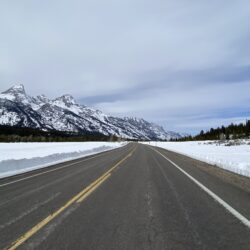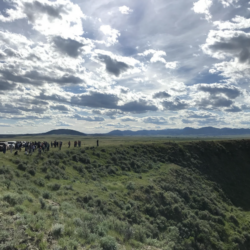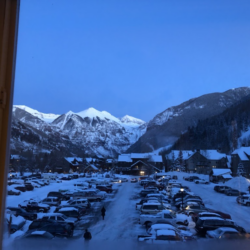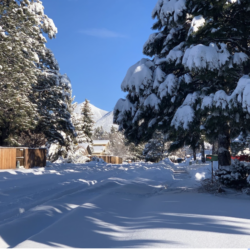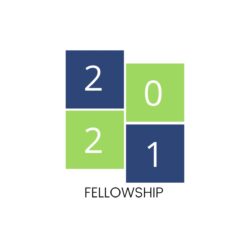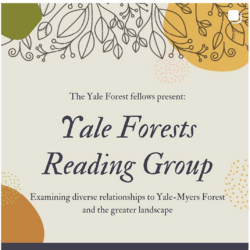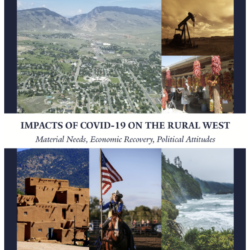Framing the “New West”— Molly Ryan
The “Old West” and the “New West.” These terms are often used to characterize the transformation of rural western economies and communities from places oriented around extractive industries to those based around natural amenities and recreation (Bryson & Wyckoff, 2010; Krannich et al., 2011; Shumway & Otterstrom, 2001). This transformation is driven by in-migration from Read more about Framing the “New West”— Molly Ryan[…]

